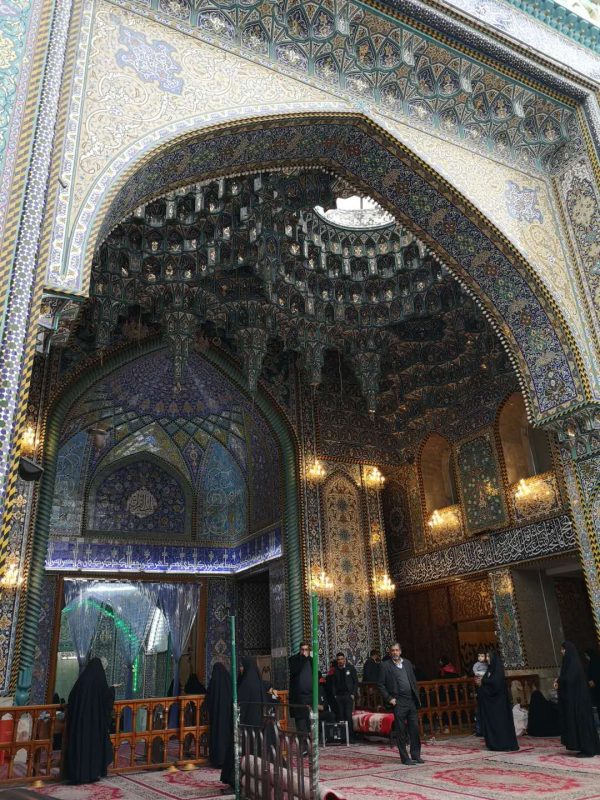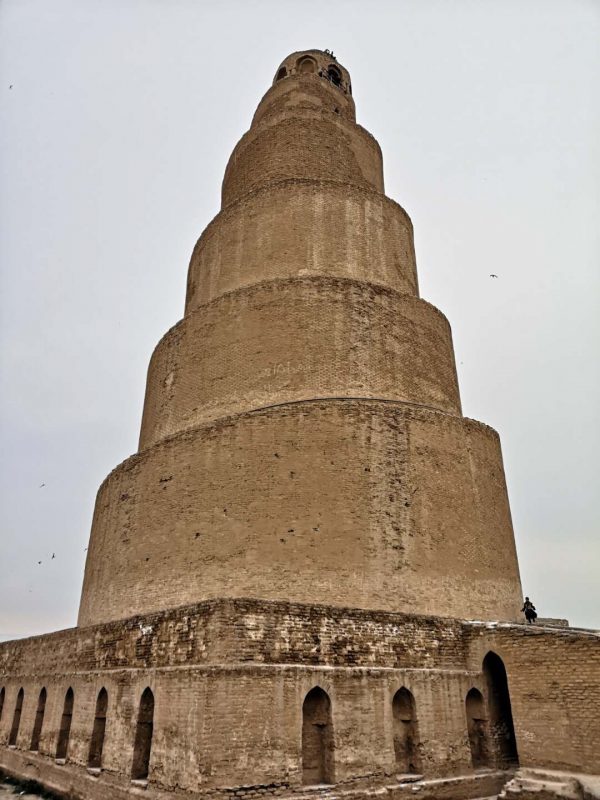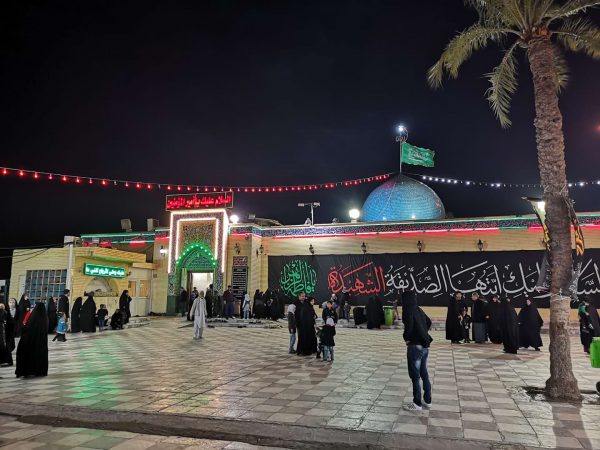While Iraq has acquired a sad reputation due to years of wars and unrest in the last decades, it is also one of the most important countries for Muslims along with Saudi Arabia, Palestine, Syria and Egypt. Iraq has very important religious sites for both Shia and Sunni Muslims. Here is an introduction to some of the most important holy sites in Iraq.
Imam Ali Shrine, Najaf
The Shrine of Imam Ali, found in Najaf, Southern Iraq, is amongst the holiest sites for Shia muslims. This makes the city the fourth holiest to Shi’ìtes after Mecca, Medina, and Jerusalem, Palestine.
It is here that the body of Imam Ali, Prophet Mohamed’s cousin, first Shi’ite Imam after him and fourth califf of the Sunni, was enshrined after Ali was murdered. The murder of Ali being the cause of the separation between Shia and Sunni.
Millions of Muslims come every year to this shrine as pilgrim to kiss the dhari (sort of cage) of the tomb of the Imam where Shi’ite believers make penance for the murder of Ali. The shrine, certainly one of the most lavish of the whole Muslim world, with its incredible portals covered of small mirror tiles, is a sight to behold, second only to the processions which go around it every Friday. While the original shrine was built just after Imam Ali’s death, in the second century, the shrine has witnessed multiple renovation and nowadays the city is seeing rearrangement to accommodate the growing number of pilgrims visiting each year, with their number expected to reach 20 millions a year sooner than later.
While it has been damaged both during Saddam Hussein’s era in the first Gulf War as well as recently in 2006.
Imam Husayn Shrine, Karbala

The Shrine of Imam Husayn located in Karbala, Southern Iraq, was built near the site where the Imam, grandson of Mohammed, was killed during the battle of Karbala and made a martyr. It is this battle that consolidated the position of the Shi’ite who then decided to break away from the Sunni majority. It is the most important holy sites in Iraq to celebrate Ashura, which marks the death of the Imam.
The shrine, built over the tomb of Husayn who had himself purchased the land the battle happened on, was built in 684, four years after the Imam was buried here.
The shrine is well known for his court and the multiple doorways leading to it. In its middle is found the tomb of Husayn.
The latest renovations to the shrine were made in 2012, when a roof was added over the court of the shrine to protect pilgrims from the rain. In 2019, the shrine was struck by disaster as a stampede, allegedly caused by a walkway collapsing, led to the death of 31 pilgrims.
The Minaret of the Great Mosque of Samarra, Samarra

Differing from the shrines previously mentioned, the Minaret of the Great Mosque of Samarra is not famous for its lavishness nor is it the burial site of an important figure of Islam but for its history and shape. The minaret is the last remaining part of the mosque which was built from 849 to 851. The rest of the Mosque was totally destroyed after an attack from Hulagu Khan, Genghis Khan’s grandson, in 1278 during his invasion of the Middle East.
The Minaret is famous for its unique snail-like shape, with worshipper and tourists alike being able to climb on top of it by walking up its spiral shape. On top of it, the fence-less viewing point provides great sceneries, for those not too prone to vertigo.
The Minaret, a UNESCO World Heritage Site since 2007, serves as one of the main symbols of Iraq, just like the Eiffel Tower is a symbol of France.
The Great Mosque of Kufa, Kufa

The great Mosque of Kufah might not have the international fame of the shrines of Karbala and Najaf but is still nonetheless one of the holiest mosques to Islam. It is, in fact, one of the oldest standing mosques of the Muslim World as it was built in 670. It is said that the mosque was built over a shrine containing Adam’s, the first man, bones. It is unquestionably one of the great holy sites in Iraq.
It has certainly gained its importance since it is here that Imam Ali was murdered, fatally wounded by a poisoned sword as he was in prayer. In Shia beliefs, it is also here that Mahdi, the last Imam of Islam, the Imam to come and join with Jesus, will rule over the world after having brought peace to it in the time after time.
Shrine of the Prophet Jonah, Mosul
Our last site is a bit of an exception to the list as it is not standing anymore. The Shrine of the Prophet Jonah, in Mosul, was recently destroyed during the takeover of the city by the Califate of the Islamic State. It is in July 2014 that IS blew up the shrine, which was said to host the body of the prophet so important to all three abrahamic religions.
Interestingly enough, below the shrine was found an ancient palace with cuneiform writing which could be traced to the kingdom of Esahaddon, dating from 672 BC. A lot has still to be done to discover the mysteries of this palace but, once the region of Mosul has stabilised completely, we can presume that it will become an important historical tourism site, just like the other sites in this list, which are all part of our YPT tour of Iraq!





